Introduction
I. Clinical Presentations, Laboratory Diagnosis and Disease Summaries
Clinical Quiz No. 1
Laboratory Diagnosis
Specimen
Laboratory Tests and Findings
Diagnosis: Dermatophilosis (Streptothricosis, Rain Scald)
Answer and Disease Summary
Etiology; Source and Transmission
Occurrence
Clinical Findings and Lesions
Differential Diagnosis
Treatment
Control and Prevention
Clinical Quiz No. 2
Laboratory Diagnosis
Specimen
Laboratory Tests and Findings
Diagnosis: Dermatophycosis (Ringworm). Answer and Disease SummaryEtiology
Source and Transmission
Occurrence
Clinical Findings and Lesions
Differential Diagnosis
Treatment
Control and Prevention
Clinical Quiz No. 3
Laboratory Diagnosis
Specimen
Laboratory Tests and Findings
Diagnosis: Bovine Besnoitiosis (Elephant Skin Disease)
Answer and Disease Summary
Etiology
Source and Transmission
Occurrence
Clinical Findings and Lesions
Differential Diagnosis
Treatment
Control and Prevention
Clinical Quiz No. 4
Laboratory Diagnosis
Specimen; Laboratory Tests and Findings
Diagnosis: Sarcoptic Mange (Scabies). Answer and Disease SummaryEtiology
Source and Transmission
Occurrence
Clinical Findings and Lesions
Differential diagnosis
Treatment
Control and Prevention
Clinical Quiz No. 5
Laboratory Diagnosis
Specimen
Laboratory Tests and Findings
Diagnosis: Sarcoptic and Demodectic Mange (Mixed Mange)
Answer and Disease Summary
Etiology
Source and Transmission
Occurrence
Clinical Findings and Lesions
Differential Diagnosis
Treatment
Control and Prevention
Clinical Quiz No. 6
Laboratory Diagnosis; Specimen
Laboratory Tests and Findings
Diagnosis: Papillomatosis (Warts). Answer and Disease SummaryEtiology
Source and Transmission
Occurrence
Clinical Findings and Lesions
Differential Diagnosis
Treatment
Control and Prevention
Clinical Quiz No. 7
Laboratory Diagnosis
Specimen
Laboratory Tests and Findings
Diagnosis: Actinomycosis (Lumpy Jaw)
Answer and Disease Summary
Etiology
Source and Transmission
Occurrence
Clinical Findings and Lesions
Differential Diagnosis
Treatment
Control and Prevention
Clinical Quiz No. 8
Laboratory Diagnosis
Specimen
Laboratory Tests and Findings
Diagnosis: Bovine Farcy (Nocardiosis)
Answer and Disease Summary. EtiologySource and Transmission
Occurrence
Clinical Findings and Lesions
Differential Diagnosis
Treatment
Control and Prevention
Clinical Quiz No. 9
Laboratory Diagnosis
Specimen
Laboratory Tests and Findings
Diagnosis: Skin Tuberculosis (Tuberculous Lymphadenitis)
Answer and Disease Summary
Etiology
Source and Transmission
Occurrence
Clinical Findings and Lesions
Differential Diagnosis
Treatment; Control and Prevention
Clinical Quiz No. 10
Laboratory Diagnosis
Specimen
Laboratory Tests and Findings
Diagnosis: Lumpy Skin Disease (Chronic Lesions)
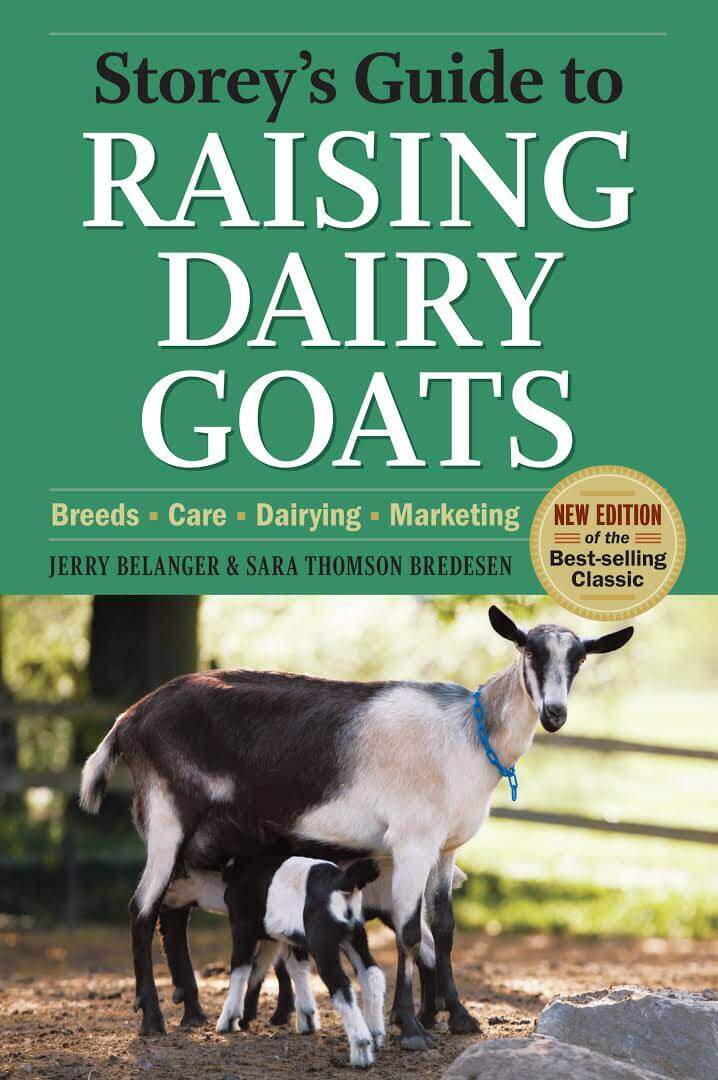



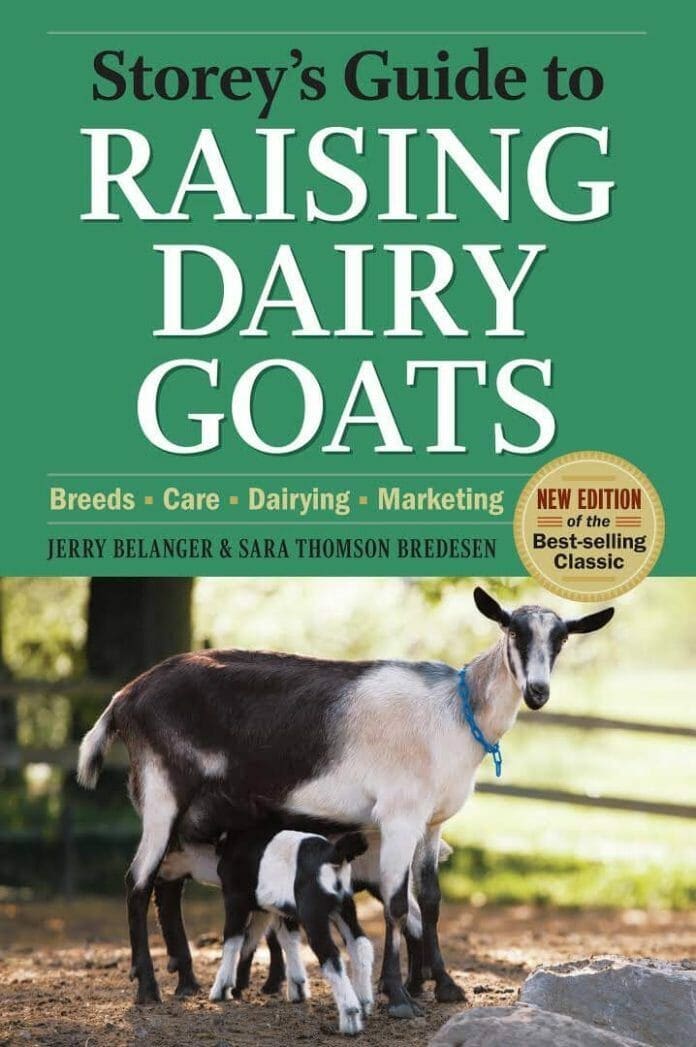
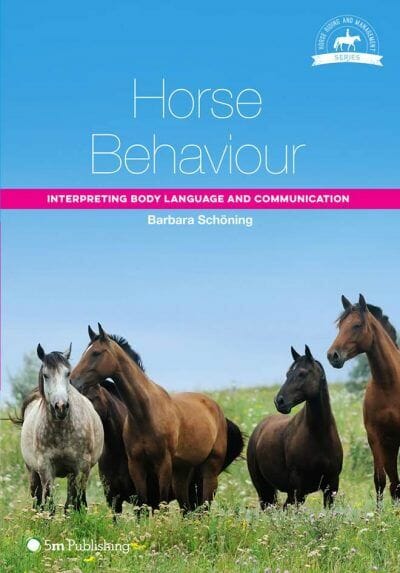
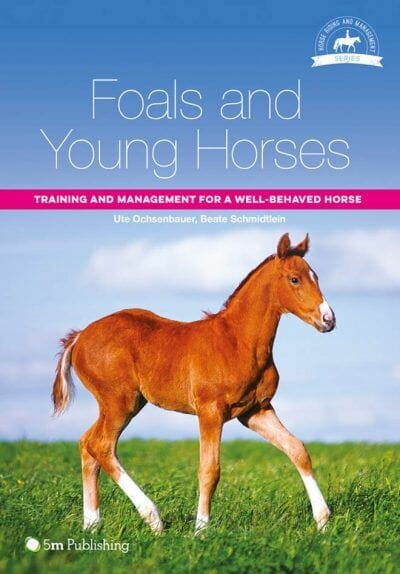
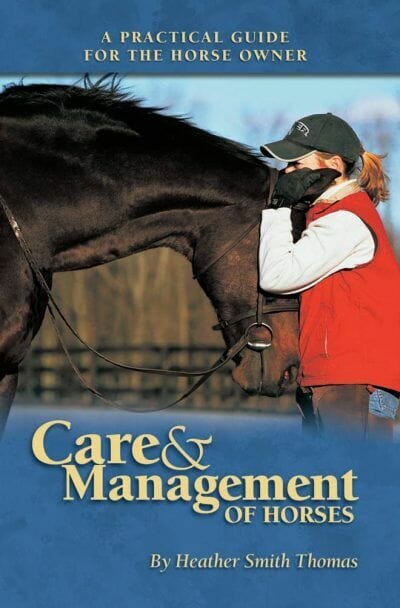
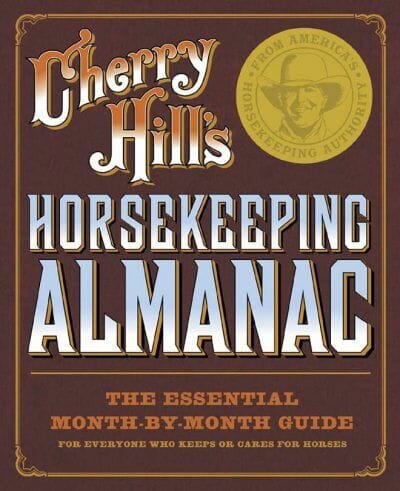
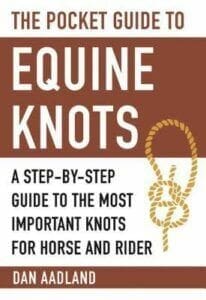
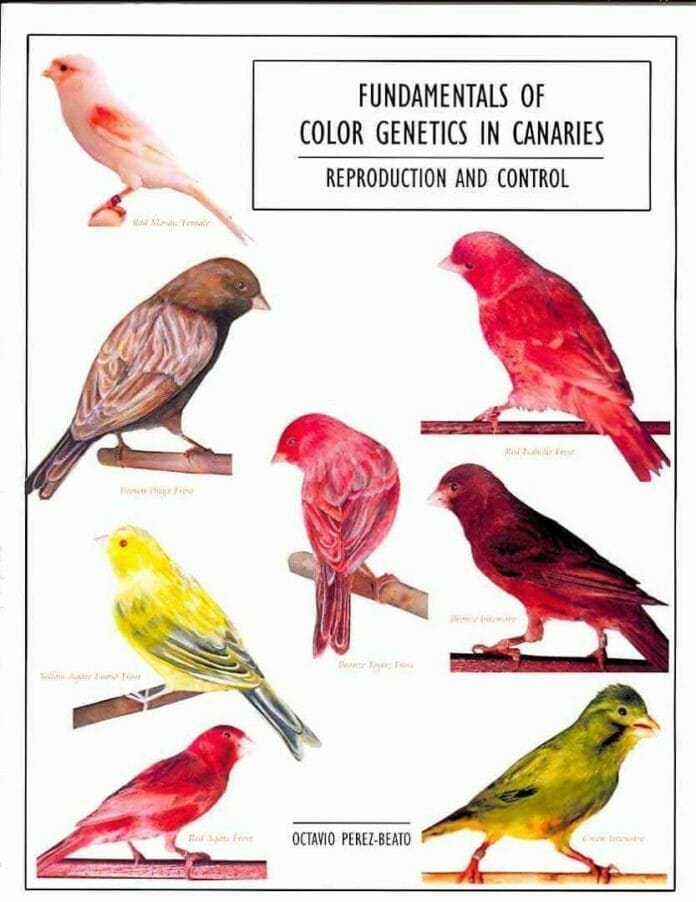
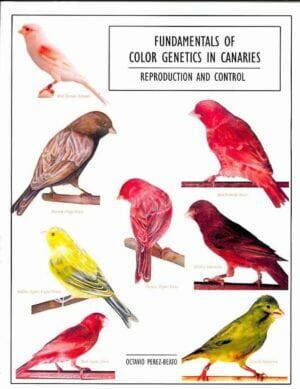
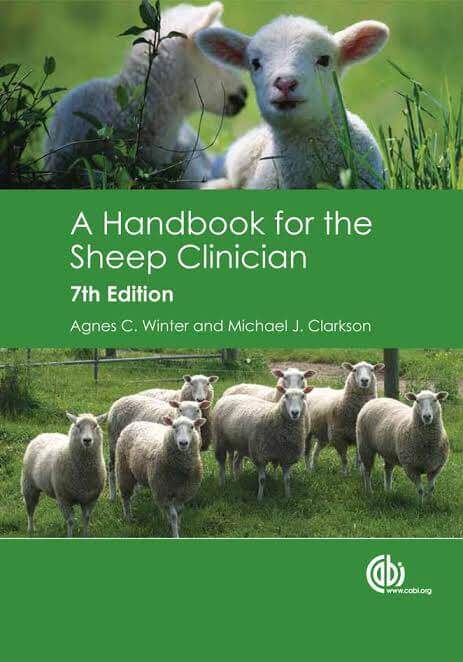


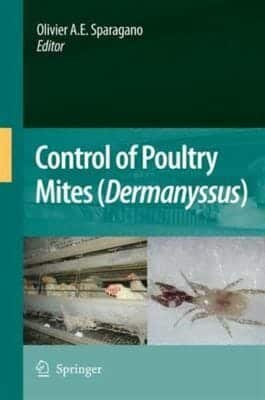








![Ettinger’s Textbook of Veterinary Internal Medicine 9th Edition [PDF+Videos] Ettinger’s Textbook of Veterinary Internal Medicine 9th Edition [True PDF+Videos]](https://www.vet-ebooks.com/wp-content/uploads/2024/10/ettingers-textbook-of-veterinary-internal-medicine-9th-edition-100x70.jpg)





